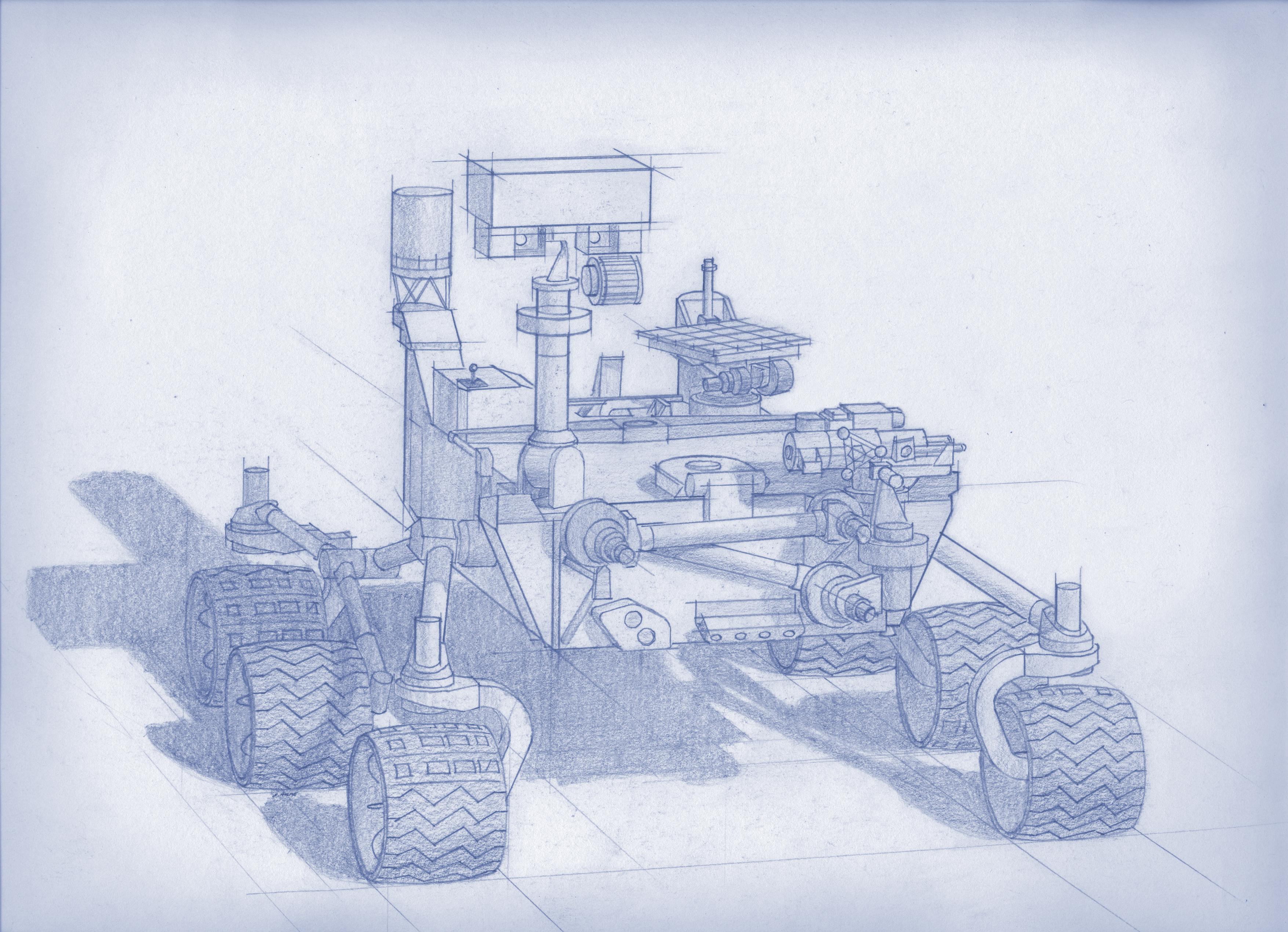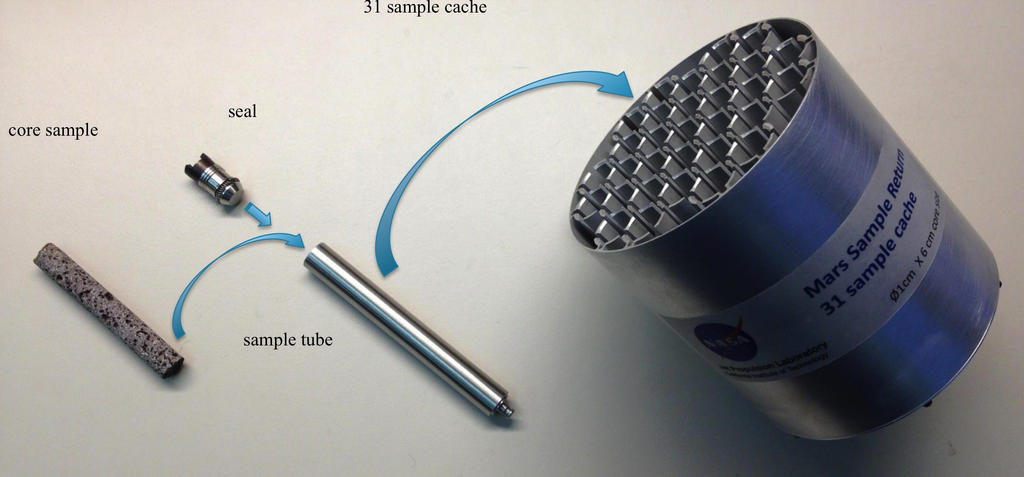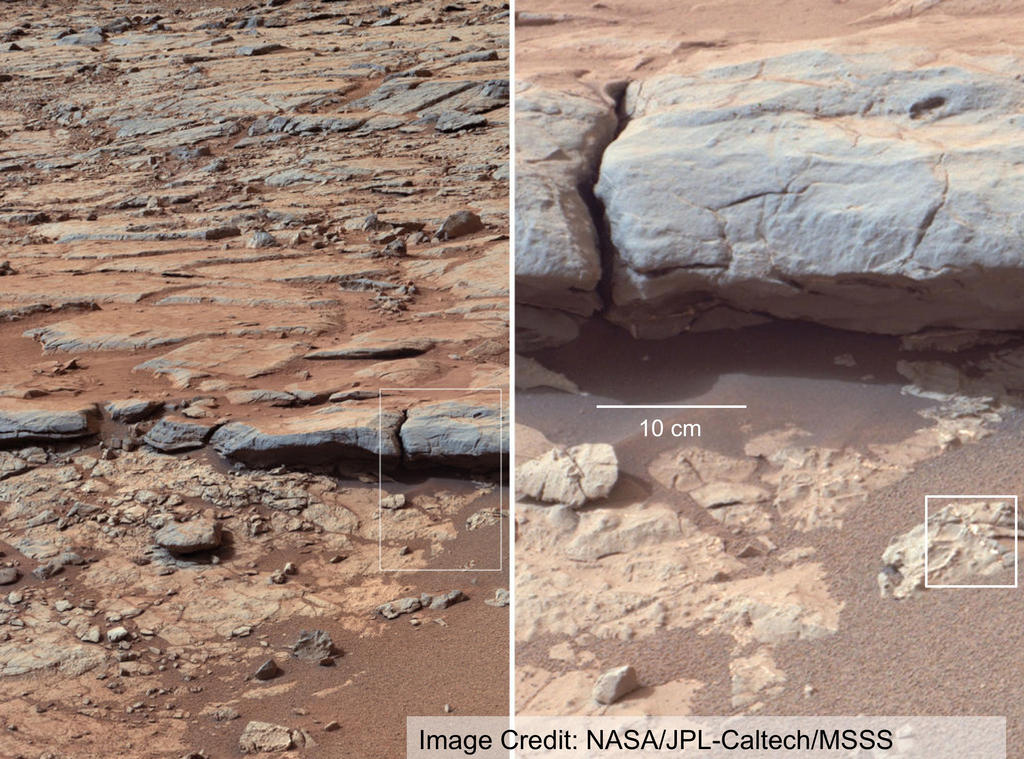
NASA detailed its plans for the next robotic mission to Mars on Tuesday, July 9 during a conference held in Washington, D.C. This mission will use a robot similar to the successful Mars Science Laboratory rover Curiosity which touched down on the surface of Mars almost one year ago. Key members of the team that began developing the Mars 2020 rover spoke about the aspirations and restrictions associated with the mission.
“We began this process on January 24, and over the past five and a half months I don’t think I’ve ever seen so many emails issued in such a condensed format. I feel our recommendations cover not only the requirements placed by NASA, but also a large part of the National Academy of Sciences Decadal Survey Report for Planetary Exploration that was released recently,” said Jack Mustard SDT chair and professor of geological sciences. “We were very aware of constraints, both scientific as well as fiscal, that we had to work within.”
Many representatives of the Science Definition Team, or “SDT,” detailed the next steps that the project will take. The team of 19 scientists and engineers come from a variety of organizations as well as academia. NASA appointed the SDT last January with the task of developing the new Mars rover mission. As with most follow-on missions, the 2020 rover will work to further research initiated by MSL. It is hoped that it will also conduct something long planned by managers at NASA.

The Mars 2020 rover will collect samples which could determine if Mars either supported microbial life in its past or if it supports microbial life at present. While the pages of this mission are currently blank, interest in having samples returned back to Earth are of great interest. It was unclear, however, how or when the samples might be brought back. One high-profile member of the team detailed how these samples might find their way to terrestrial laboratories.
“The samples that this rover collects might be picked up by astronauts that journey to Mars on a future manned flight,” said John Grunsfeld, NASA’s associate administrator for science.
The SDT produced a 154-page document which helps to begin to guide where the rover will go as it is developed. The objectives of this new mission have not yet been identified and are still being considered. For their part, the SDT had four key guides which directed them. They were: to explore an astrobiologically relevant ancient environment on Mars to decipher the geologic processes in history, including the planet’s past habitability; to assess the bio-signature preservation potential on the Red Planet, demonstrate significant technical progress toward returning scientific samples to Earth; and to develop a compatible program so as to be useful to NASA’s plans to send astronauts to the surface of Mars.
“The Mars 2020 mission concept does not presume that life ever existed on Mars,” Mustard said. “However, given the recent Curiosity findings, past Martian life seems possible, and we should begin the difficult endeavor of seeking the signs of life. No matter what we learn, we would make significant progress in understanding the circumstances of early life existing on Earth and the possibilities of extraterrestrial life.”

The next step, one which the SDT hopes to have started by this fall, will be a competitively selected announcement of opportunity for payload and instruments which the rover will use. This rover, while similar to MSL and using leftover components from that mission, will be different in a number of ways.
“Crafting the science and exploration goals is a crucial milestone in preparing for our next major Mars mission,” Grunsfeld stated in a release issued by NASA. “The objectives determined by NASA with the input from this team will become the basis later this year for soliciting proposals to provide instruments to be part of the science payload on this exciting step in Mars exploration.”
The team was tasked with completing a number of objectives that will aid in completing President Obama’s goal of sending astronauts to Mars in the 2030s.
Want to keep up-to-date with all things space? Be sure to “Like” AmericaSpace on Facebook and follow us on Twitter: @AmericaSpace



